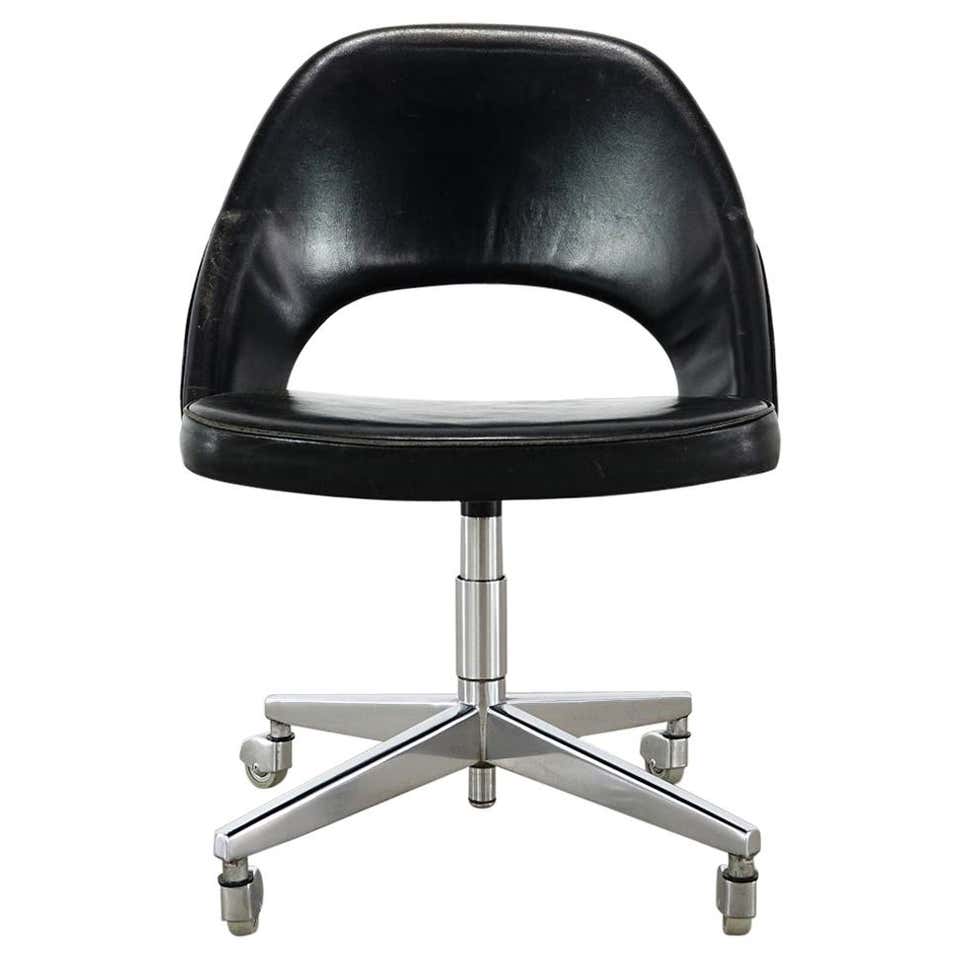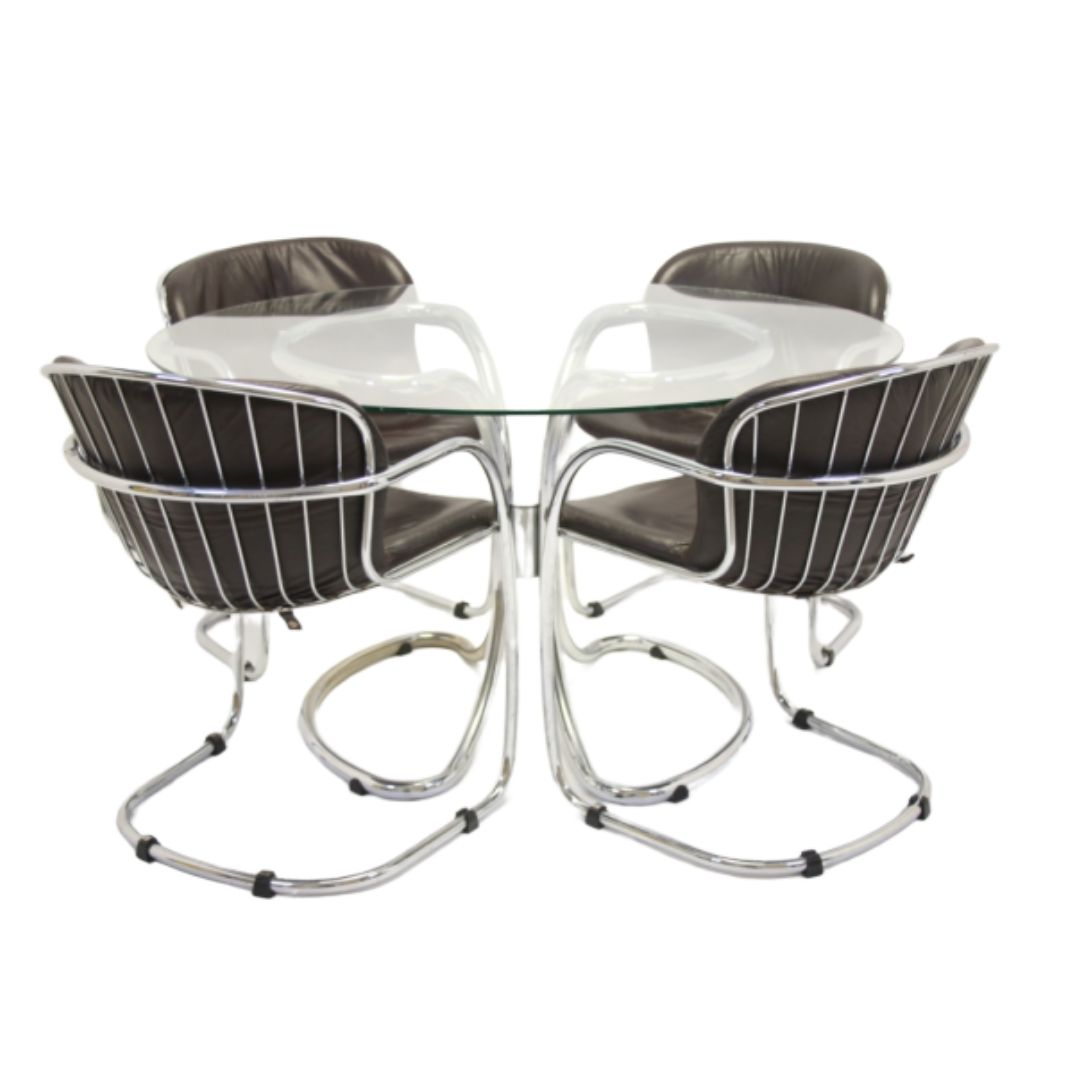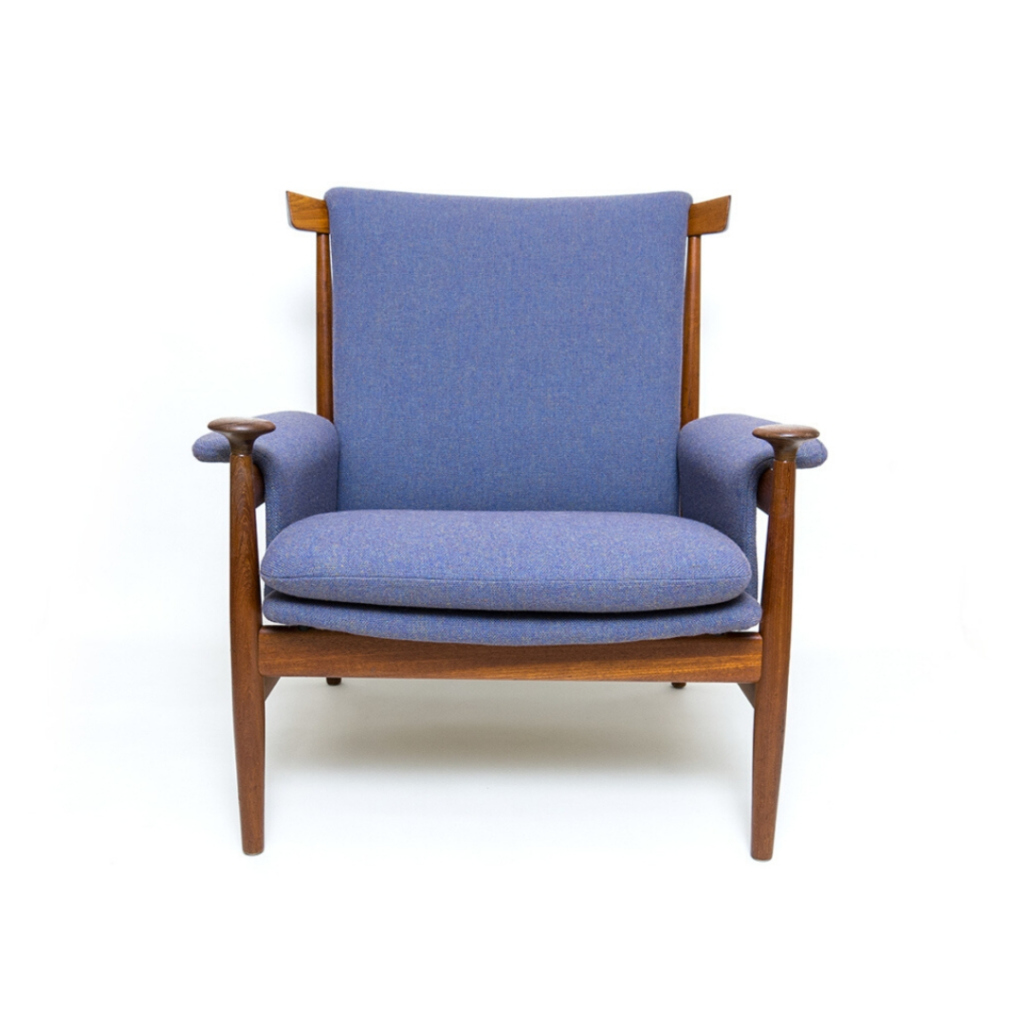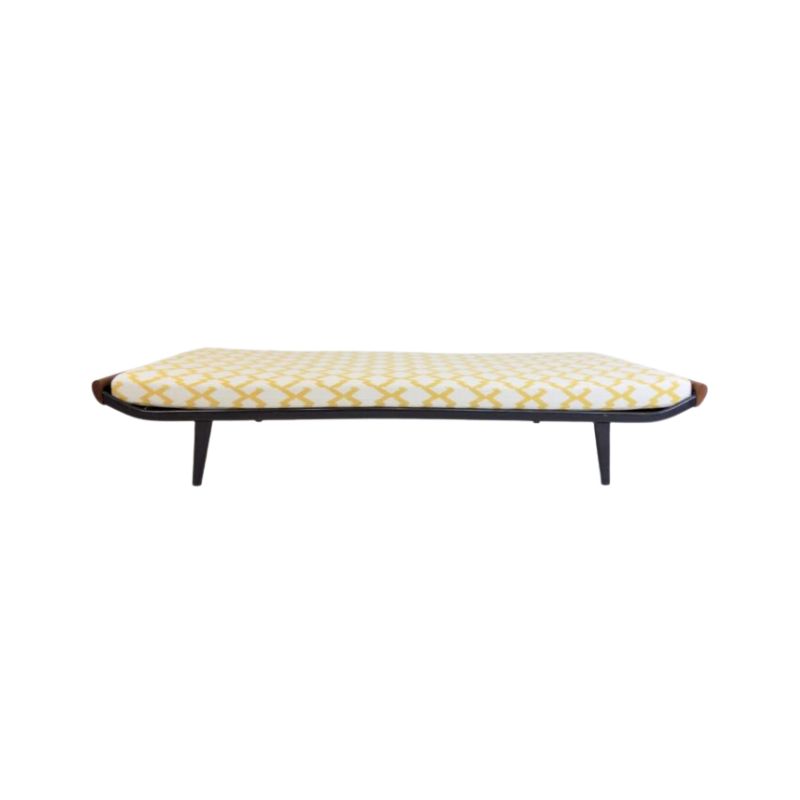It seems plausible.
I don't blame the store owner for not telling you what he paid for it-- whether they paid a dollar or five thousand dollars it has no bearing on its authenticity, does it?
Since they can offer no guarantee of its authenticity, the price he's asking should be commensurate.
If there were truly any doubt in the store owners mind,
he'd have it examined by an expert, considering the value of genuine Nakashima pieces.
The fact that they're acting 'unsure' makes it seem as though they're playing to the imagination of a buyer ("It COULD be real, who knows-- I ain't sayin' it is, I ain't sayin' it ain't.")
Just received Soul of a Tree
I just received Soul of a Tree in the mail today. I highly doubt this is Nakashima - for exactly the reasons Jesgord pointed out. The butterfly is a little choppy in the surface, the proportions are squat and clumsy, and the slab is too thick. Also - the butterfly appears to be walnut, and Nakashima's butterflys are usually different woods than the surface being repaired.
Looking at the joinery that holds the legs on would help greatly. Also look for machine cut edges on the joinery and on the butterfly. His work used some machines, but all the deatail work was done by hand.
Edit: If the dealer is asking an arm and a leg for it you should play the uncertainty game right back at them: "well I LIKE the form of it, but the price seems really steep given that it's not verified Nakashima....I mean... any hack in a woodshop can put legs onto a slab of walnut..."
Not Nakashima
The table is not Nakashima. The base is wrong, the legs are wrong.
Even before George's work became so highly prized by modern collectors, woodworkers knew of, and had huge respect for his work. There have always been, just as there are today, people who created pieces "inspired" by Nakashima. It's not a crass attempt to knock off his work, rather a respectful study of the master and his craft.
If it were even close, a good way to tell is that most times the client's name will be written on the underside.
It would be very rare to stumble on a Nakashima studio piece where the seller did not know what they had. The people who commissioned work from the Nakashima studio paid good money and knew what they were buying. Most times when it is sold, they are well aware of it's value and know exactly what they have.
Which brings up another point, if you are going to invest any significant money into a real Nakashima piece, provenance is very important. If you can't get the history of the piece from the seller, I'd steer clear. If you do have that information, be sure to keep it with the piece.
A pair
of dowel legs -- even fat and ungainly ones like these -- should lie in a common plane, so that they do not "look crooked" as they do in the photo where they are visible. (If this piece were by G Nakashima, the legs would certainly be gently tapered turnings.) And, the butterfly -- inserted to prevent unwanted movement, not as a "repair" -- would not be placed so near to the end of the plank that there is a risk of the remaining surface splitting off, as this one seems ready to do.
The retailer who pretends not to know whether this is Nakashima, should be ashamed of himself.
.
SDR, you are way too kind,
Mr. N did some strange things very early in his career but even these rare and early works had grace. Even with their questionable joinery, their grace was obvious. Mostly he gave them to friends or creditors. This isn't one of them.
This piece is totally out of balance and might have been done by a guy from Marin county named Larry Nakashima, but only when he was stoned. Dude.
If you need any help, please contact us at – info@designaddict.com









